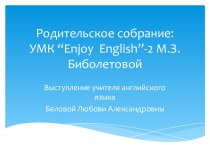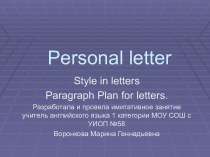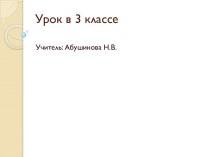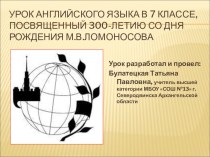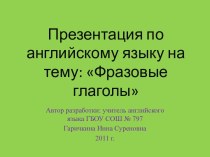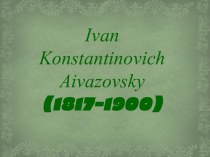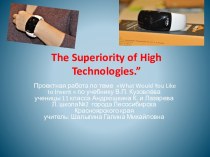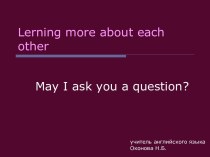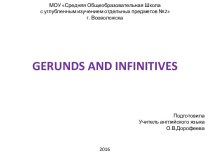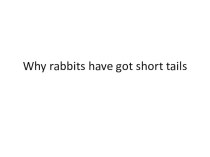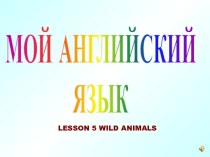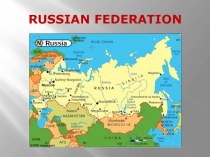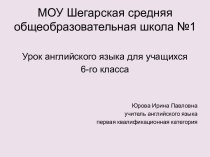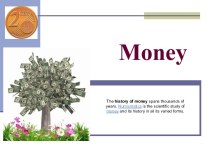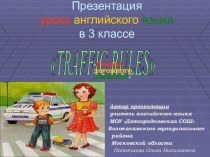- Главная
- Разное
- Бизнес и предпринимательство
- Образование
- Развлечения
- Государство
- Спорт
- Графика
- Культурология
- Еда и кулинария
- Лингвистика
- Религиоведение
- Черчение
- Физкультура
- ИЗО
- Психология
- Социология
- Английский язык
- Астрономия
- Алгебра
- Биология
- География
- Геометрия
- Детские презентации
- Информатика
- История
- Литература
- Маркетинг
- Математика
- Медицина
- Менеджмент
- Музыка
- МХК
- Немецкий язык
- ОБЖ
- Обществознание
- Окружающий мир
- Педагогика
- Русский язык
- Технология
- Физика
- Философия
- Химия
- Шаблоны, картинки для презентаций
- Экология
- Экономика
- Юриспруденция
Что такое findslide.org?
FindSlide.org - это сайт презентаций, докладов, шаблонов в формате PowerPoint.
Обратная связь
Email: Нажмите что бы посмотреть
Презентация на тему Настоящее продолженное время глагола в английском языке
Содержание
ПравилоPresent Continuous – настоящее длительное время английского языка, обозначает действие, происходящее в настоящий момент; действие, представляющее собой непрерывный процесс; будущее запланированное действие.
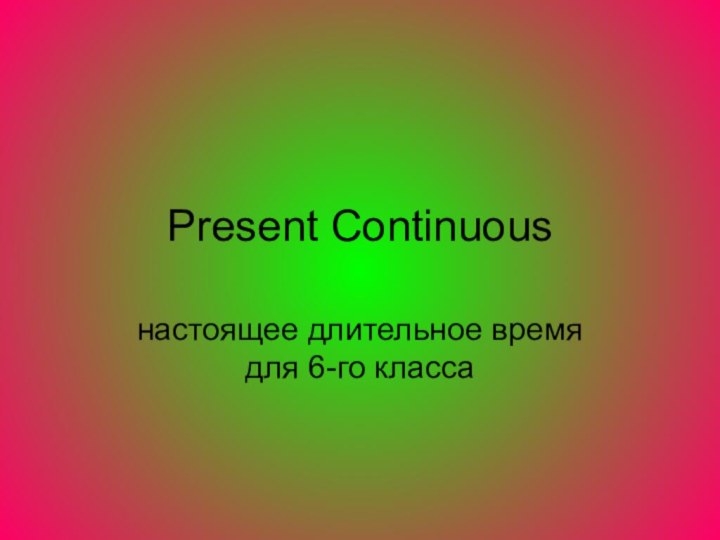
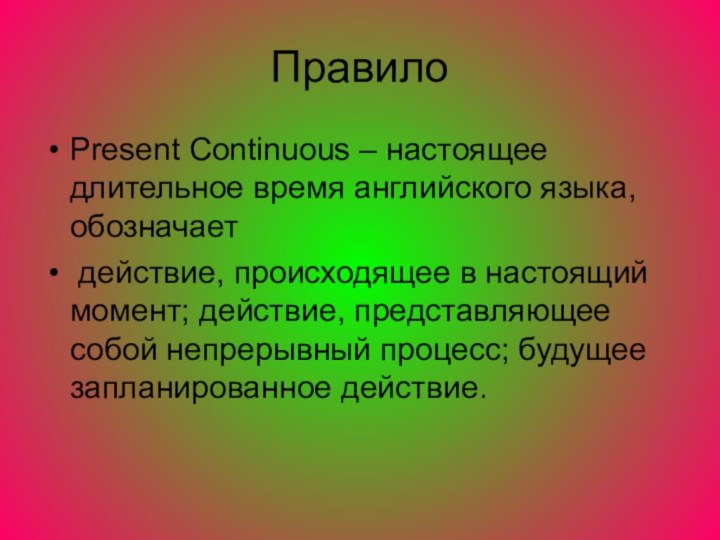
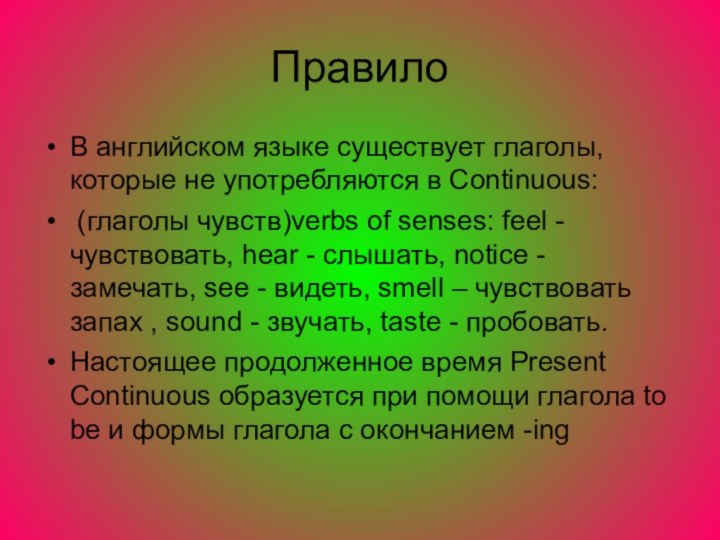
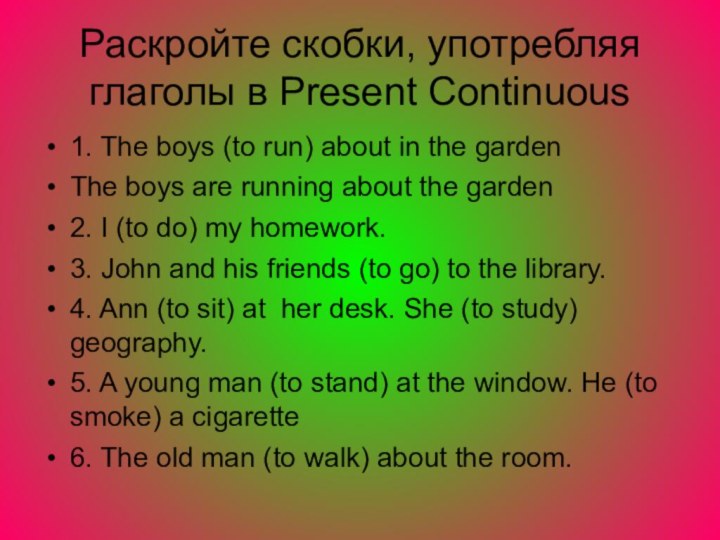
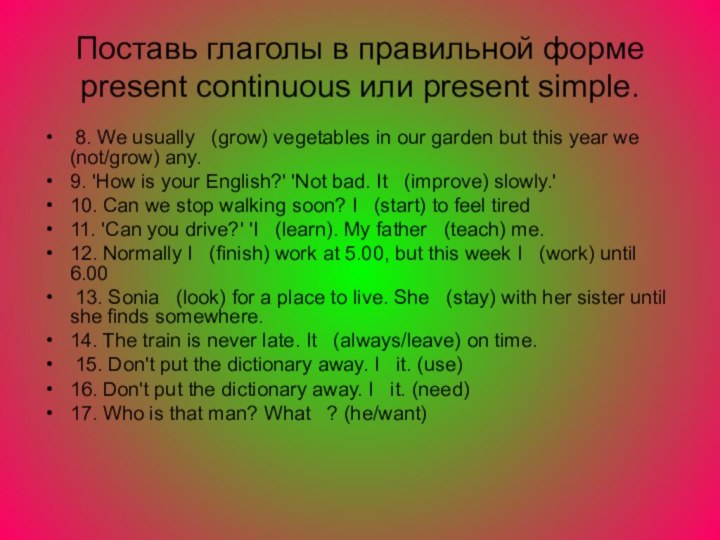

Слайд 2
Правило
Present Continuous – настоящее длительное время английского языка,
обозначает
собой непрерывный процесс; будущее запланированное действие.
Слайд 3
Правило
В английском языке существует глаголы, которые не употребляются
в Continuous:
(глаголы чувств)verbs of senses: feel - чувствовать,
hear - слышать, notice - замечать, see - видеть, smell – чувствовать запах , sound - звучать, taste - пробовать.Настоящее продолженное время Present Continuous образуется при помощи глагола to be и формы глагола с окончанием -ing
Слайд 4
Раскройте скобки, употребляя глаголы в Present Continuous
1.
The boys (to run) about in the garden
The boys
are running about the garden2. I (to do) my homework.
3. John and his friends (to go) to the library.
4. Ann (to sit) at her desk. She (to study) geography.
5. A young man (to stand) at the window. He (to smoke) a cigarette
6. The old man (to walk) about the room.
Слайд 5 Поставь глаголы в правильной форме present continuous или
present simple.
8. We usually (grow) vegetables in
our garden but this year we (not/grow) any. 9. 'How is your English?' 'Not bad. It (improve) slowly.'
10. Can we stop walking soon? I (start) to feel tired
11. 'Can you drive?' 'I (learn). My father (teach) me.
12. Normally I (finish) work at 5.00, but this week I (work) until 6.00
13. Sonia (look) for a place to live. She (stay) with her sister until she finds somewhere.
14. The train is never late. It (always/leave) on time.
15. Don't put the dictionary away. I it. (use)
16. Don't put the dictionary away. I it. (need)
17. Who is that man? What ? (he/want)


